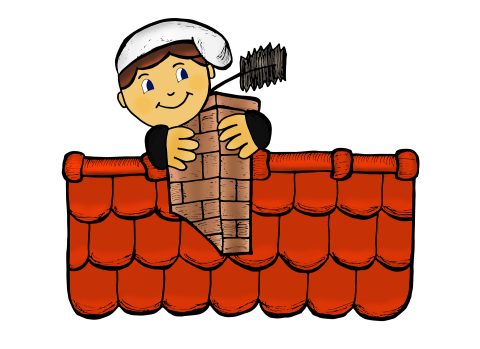
Anyone who heats with wood, coal or oil by means of a stove, open fire or central heating can be confronted with a chimney fire.
When you heat wood, coal or oil, a layer of soot forms on the inside of the chimney walls. After some time, this soot turns into a tarry substance called creosote, which is extremely flammable. Creosote can burn at a temperature of about 500°C and above. If you use a stove or an open fire, this extremely high temperature is reached very quickly, and you risk a chimney fire.
What should you do if you have a chimney fire anyway?
- Notify the fire brigade by dialling 112;
- While waiting for the fire brigade, put out the fire in the fireplace or stove with sand or salt. This will prevent the smoke from spreading into the house;
- Then close the chimney damper and the stove's exhaust air duct or the door of the open fire directly;
- Remove all flammable materials such as carpets, furniture near the stove or fireplace, etc;
- Leave the room where the smoke concentration is too high.
Excerpts from the brochure "Avoid chimney fires" from the Directorate General for Civil Protection - Fire Prevention Department to be downloaded at https://www.securitecivile.en/






